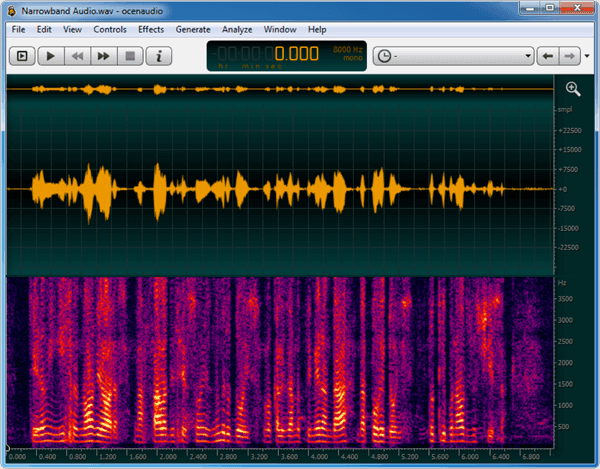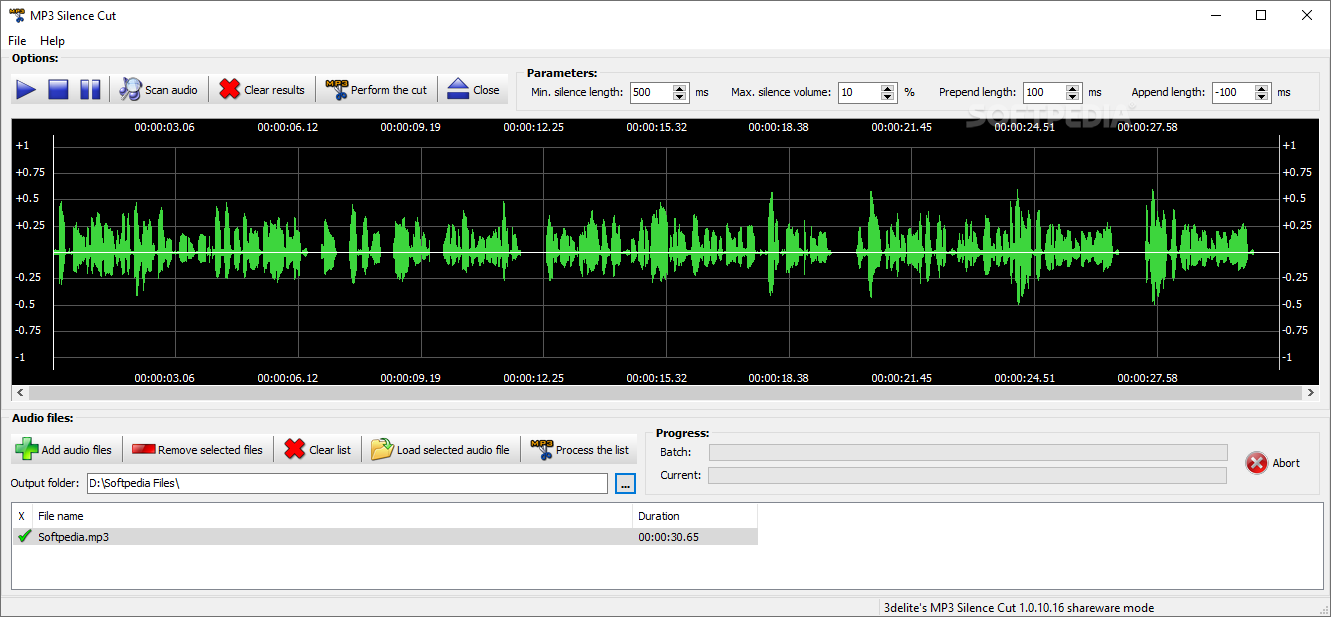

First, since the FFT effectively performs an RMS average of the energy over the acquisition period as the reading rate goes down, the sensitivity to fast transients also goes down. A few important considerations for this technique bear pointing out immediately. If a reading rate of 1 per second is selected, an FFT with a frequency resolution of 1 Hz is performed every second. The Sequence Mode Measurement Recorder functions by performing non-overlapped FFTS equal in length to the reciprocal of the selected reading rate. In the context of Bench Mode Recorder vs Sequence Mode Measurement Recorder the difference can be quite stark. To understand why, please refer to our previous article on Bench Mode compared to Sequence Mode. The sequence mode Measurement Recorder can also be used but overall the Bench Mode Recorder is superior.
#AUDIO FILE PEEK DETECTION SOFTWARE#
APx500 Software provides two distinct tools for doing this: in Sequence Mode you can use the Measurement Recorder and in Bench Mode you can use the Recorder.įor the purposes of catching glitches and dropouts, we generally recommend using the Bench Mode Recorder. It’s therefore not uncommon to want to verify that a device can playback a signal for an extended period. If a playback device drops audio samples, depending on the number of samples and where the drop occurs, the resulting discontinuity can cause a glitch, which might be very audible, and frankly, disturbing to listeners. What does it mean when a device drops a sample? It means that one sample is skipped, and the entire waveform is shifted left in time by one sampling instant, from that point forward.

This project is a good example of how basic logic blocks can be used in SigmaStudio in order to create functionality not included in the default library.Easily one of the most disturbing problems in digital audio playback systems are glitches and dropouts.

When the signal is half-rectified (cutting off all negative values), the Pk-Pk output value reads as "1", as expected. When the full-scale sine tone is input to the peak-to-peak detector, it reads "2" as expected.
#AUDIO FILE PEEK DETECTION GENERATOR#
The project includes a full-scale Sine generator that can be half-rectified by clicking the switch. I tested it and it seems to work fine, given the restriction I mentioned above. It runs on the ADAU1761 but could be converted for use with any SigmaDSP. My peak-to-peak detector in SigmaStudio uses two half-rectifiers (built from simple logic blocks) and two peak envelope followers. This means that your DC offset shouldn't be so large that the signal fails to ever cross the center line. I came up with a solution that has one prerequisite: the signal must be crossing or touching the "zero line" in order to get an accurate reading. Their output represents the (nearly) instantaneous peak value of the signal at their input.Ī SigmaStudio user recently asked me if there was a way to do true peak-to-peak detection. The peak envelope detectors in SigmaStudio work well for normal audio signals that have a DC offset close to 0. True peak-to-peak detection in SigmaStudio by BrettG


 0 kommentar(er)
0 kommentar(er)
